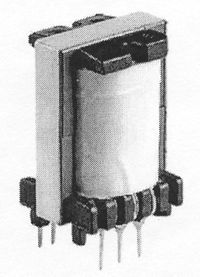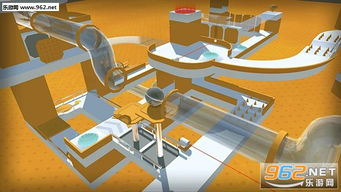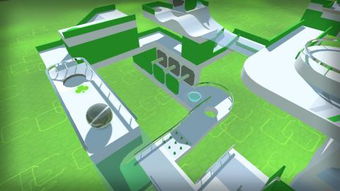
Little Electronic Parts That Make Bits
Have you ever wondered about the tiny components that power the digital world around us? The bits, bytes, and bytes that make up our computers, smartphones, and other electronic devices are all thanks to a variety of little electronic parts. In this article, we’ll delve into the fascinating world of these components, exploring their functions, how they work together, and their impact on modern technology.
Transistors: The Building Blocks of Logic

At the heart of every electronic device is the transistor, a tiny device that can amplify or switch electronic signals. Transistors are the fundamental building blocks of digital logic, allowing us to perform calculations, store data, and communicate with each other. There are several types of transistors, including bipolar junction transistors (BJTs) and field-effect transistors (FETs), each with its own unique characteristics and applications.
| Type | Description | Applications |
|---|---|---|
| Bipolar Junction Transistor (BJT) | Consists of three layers of semiconductor material, with two junctions. | Amplifiers, switches, and digital logic circuits. |
| Field-Effect Transistor (FET) | Consists of a channel of semiconductor material, with a gate controlling the flow of electrons. | Amplifiers, switches, and digital logic circuits. |
Transistors are incredibly small, with some as small as 10 nanometers in size. This miniaturization has been crucial in the development of modern electronics, allowing for faster, more powerful, and more energy-efficient devices.
Integrated Circuits: The Heart of Modern Electronics

Integrated circuits (ICs) are collections of transistors, resistors, and capacitors that are etched onto a single semiconductor wafer. These tiny chips are the heart of modern electronics, enabling us to perform complex tasks with ease. ICs are used in a wide range of applications, from microprocessors and memory chips to sensors and power management circuits.
One of the most important types of ICs is the microprocessor, which is responsible for executing instructions and performing calculations in a computer. Microprocessors have evolved significantly over the years, with each new generation offering greater performance and efficiency. Today’s microprocessors contain billions of transistors and can execute millions of instructions per second.
Memory: Storing Data for Future Use

Memory is another crucial component of electronic devices, allowing us to store data for future use. There are several types of memory, including random-access memory (RAM), read-only memory (ROM), and flash memory.
RAM is a type of volatile memory that allows us to store data temporarily while the device is powered on. It is used to store the operating system, applications, and other data that are currently being used by the device. ROM, on the other hand, is a type of non-volatile memory that stores data permanently, such as the firmware that runs the device’s hardware.
Flash memory is a type of non-volatile memory that is used to store data even when the device is powered off. It is commonly used in USB drives, solid-state drives (SSDs), and memory cards. Flash memory is known for its high capacity, low power consumption, and fast access times.
Connectors: The Lifelines of Electronic Devices
Connectors are essential for allowing electronic devices to communicate with each other and with the outside world. There are many different types of connectors, including USB, HDMI, and Ethernet ports. Each type of connector has its own unique design and purpose.
USB connectors are one of the most common types of connectors, used for connecting devices such as keyboards, mice, and external hard drives to computers. HDMI connectors are used for transmitting high-definition video and audio signals between devices, such as televisions and computers. Ethernet connectors are used for connecting devices to a local area network (LAN) or the internet.
Connectors are designed to ensure that electronic devices can communicate effectively and reliably. They must be able to withstand environmental factors such as temperature, humidity, and vibration, and they must also be compatible with a wide range of devices.
<




